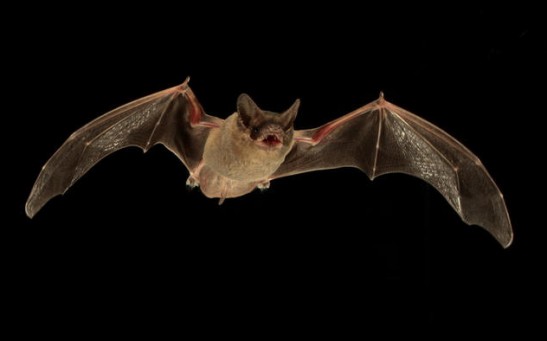science

Could Large Hadron Collider Discovery Be Something Else? Researchers Look to Techni-Higgs Particles

Possible Treatment for Liver Disease Shows Promising Results

1Kite Study Reveals Origins of Insects and Perhaps Our Origins Too

1Kite Study Reveals Origins of Insects and Perhaps Our Origins Too

What Do Most People Consider in Choosing a Leader? Healthy or Smart Looks?

Good Bacteria in Stomach May Aid in Weight Loss, Study Says

What the Taurus Constellation Can Teach Us About Our Solar System’s Birth

Colon Cancer Rates Increasing in Young Adults, According to Study

Binary Stars Merge and Beat Supermassive Black Hole

ALMA Imaging Reveals Emerging Planets in Nearby Taurus Constellation

Possible Cure for Diabetes to Undergo Clinical Test on Humans

Bariatric Surgery Alters Taste Buds Leading to Weight Loss, Study Says

Explaining How Rare ‘Fallstreak Hole’ Appeared Down Under

Red Wine's Resveratrol May Hinder the Benefits of Physical Activity
Most Popular

AI Revolution in Medical Education: Transforming How Healthcare Professionals Learn

Optimizing Complex Catalog Systems with Graph Theory and Indexing

Out of Office, Not Out of Mind: Planning for Employee Holiday Absences

Practical Steps to Future-Proof Your Money to Create Financial Security






